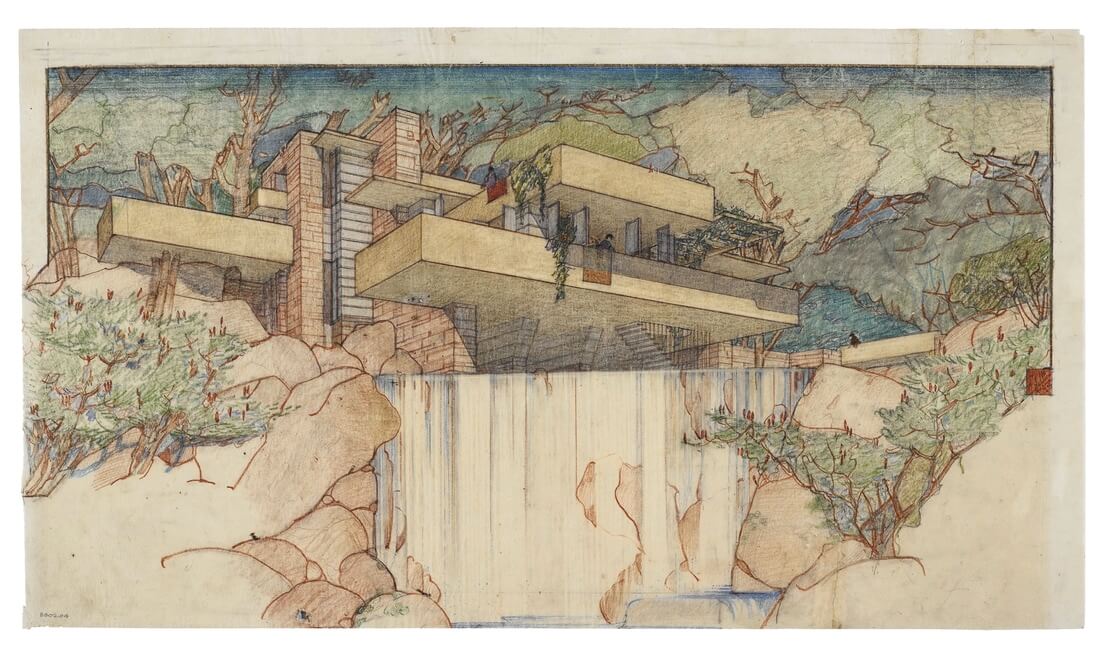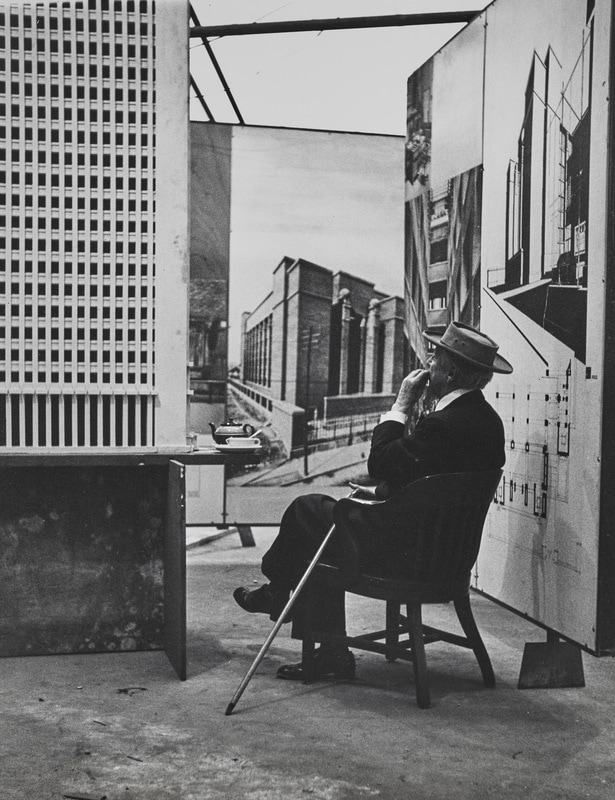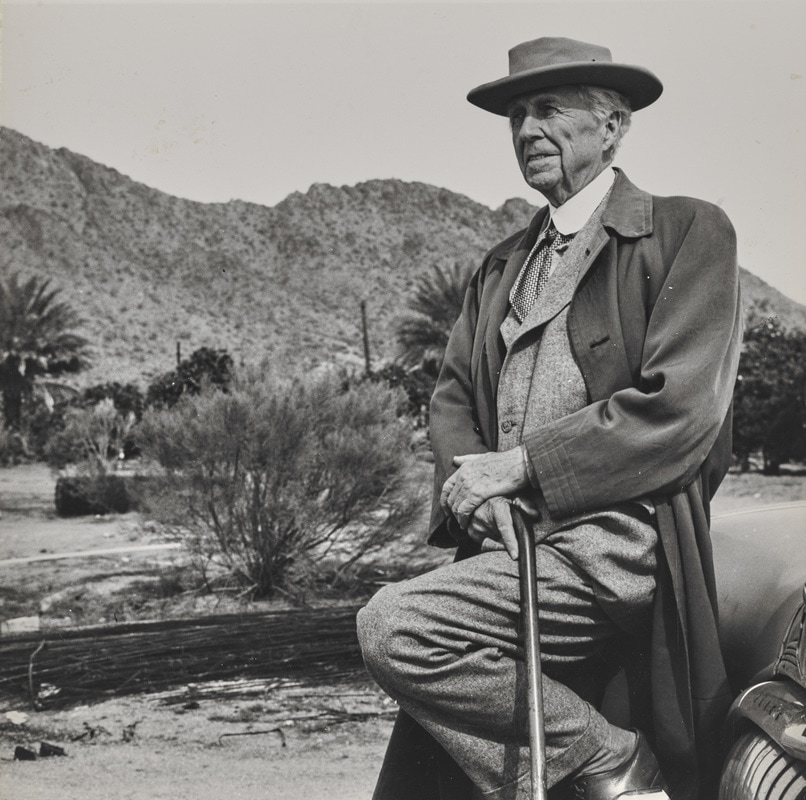I felt privileged to be among the first to view the much anticipated exhibition ‘Frank Lloyd Wright at 150: Unpacking the Archive,’ opened at MoMA this morning, in celebrating his 150th anniversary. Privileged, I say, because this is clearly another triumph of its curator Barry Bergdoll (who also curated the unforgettable Mies in Berlin in 2001), an important moment that will be remembered. It seeks to examining, interpreting and contextualizing the various themes and projects that had come to shape the career, intellect, contribution, and vision of the most prolific and renowned American architect of all time. The complexity of his evolution, from the late nineteenth century, through the turn of the 20th century, the Great Depression, to the postwar years, and the themes of his work — urbanism, building systems, ecologies, landscapes — just to name a few of the sections included, the richness of his sources, from Native American living to Mies’ glass skyscraper, make this task not simple at all. The exhibition is divided into unites, each of which investigates a key object or cluster of objects from the Frank Lloyd Wright Foundation Archives and other collections. There is no better place to present this pivotal show, as we have to remember that it was here, at MoMA, that the first retrospective of Wright opened in 1994, the first attempt to critically examine his architecture, because his legacy was totally ignored in the 60s and 70s. ‘Frank Lloyd Wright at 150: Unpacking the Archive’ a show to be remembered for its contribution to scholarship, and for its reflection of the how we study architecture history in the 21st century.
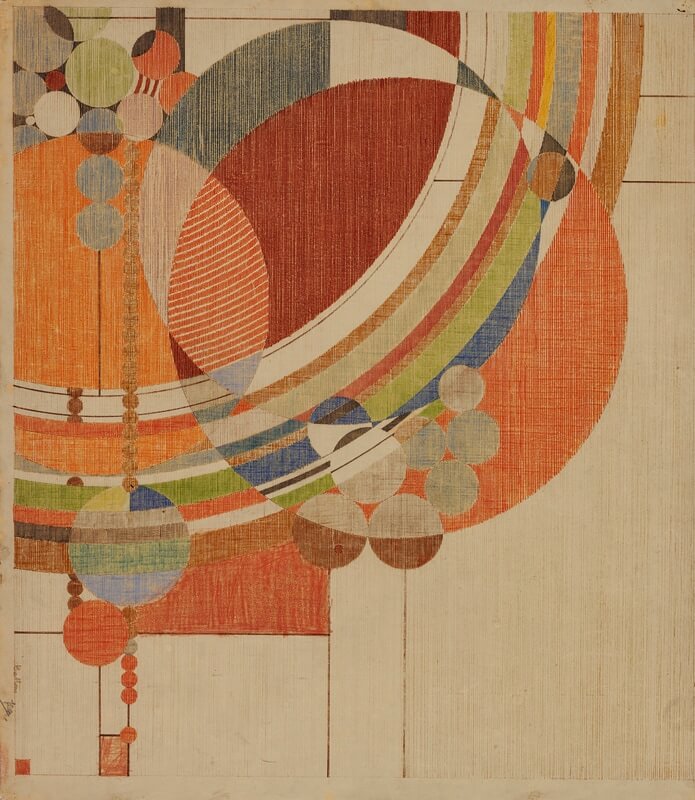
Frank Lloyd Wright (American, 1867–1959). March Balloons. 1955. Drawing based on a c. 1926 design for Liberty magazine. Colored pencil on paper, 28 1/4 x 24 1/2 in. (71.8 x 62.2 cm). The Frank Lloyd Wright Foundation Archives (The Museum of Modern Art | Avery Architectural & Fine Arts Library, Columbia University, New York)
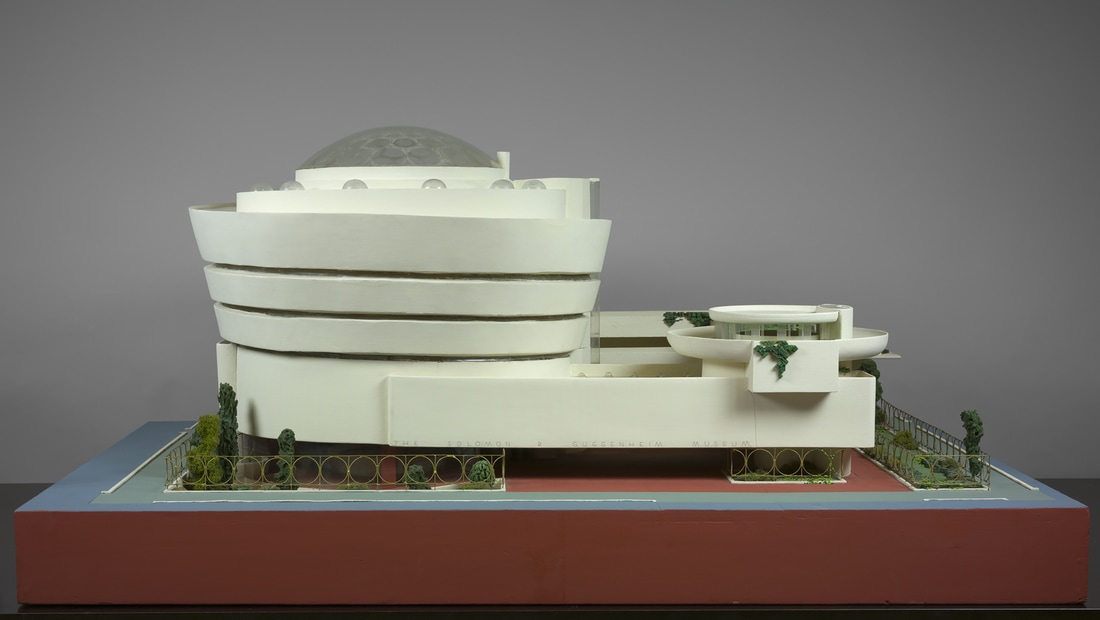
Frank Lloyd Wright (American, 1867–1959). Solomon R. Guggenheim Museum, New York. 1943–59. Model. Painted wood, plastic, glass beads, ink, and watercolor on paper, 28 x 62 x 44″ (71.1 x 157.5 x 111.8 cm). The Frank Lloyd Wright Foundation Archives (The Museum of Modern Art | Avery Architectural & Fine Arts Library, Columbia University, New York)

Frank Lloyd Wright (American, 1867–1959). Raul Bailleres House, Acapulco, Mexico. Project, 1951–52. Perspective from the patio. Ink, pencil, and colored pencil on tracing paper, 31 3/4 x 52 7/8″ (80.6 x 134.3 cm). The Frank Lloyd Wright Foundation Archives (The Museum of Modern Art | Avery Architectural & Fine Arts Library, Columbia University, New York)
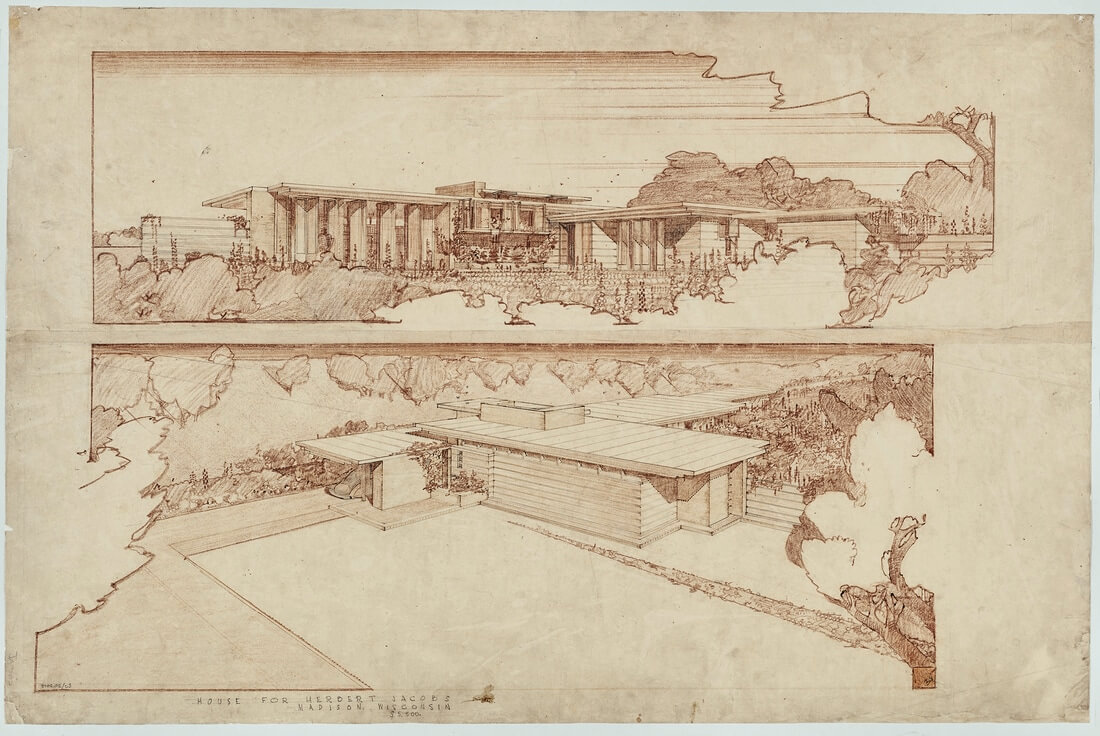
Frank Lloyd Wright (American, 1867–1959). Jacobs House, Madison, Wisconsin. 1936–37. Exterior perspectives. Colored pencil on paper, 21 × 31 3/4″ (53.3 × 80.6 cm). The Frank Lloyd Wright Foundation Archives (The Museum of Modern Art | Avery Architectural & Fine Arts Library, Columbia University, New York)
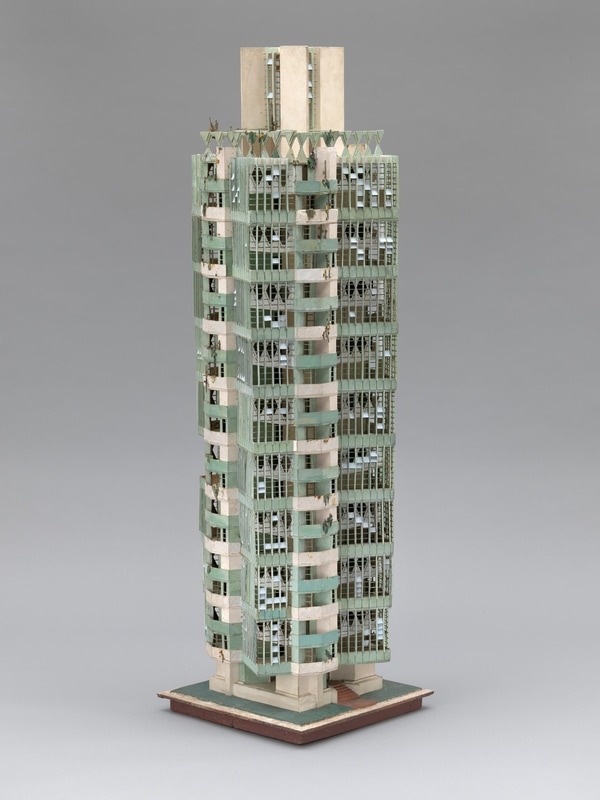
Frank Lloyd Wright (American, 1867–1959). St. Mark’s Tower, New York. Project, 1927–29. Model. Painted wood and cardboard, 53 x 16 x 16″ (134.6 x 40.6 x 40.6 cm). The Frank Lloyd Wright Foundation Archives (The Museum of Modern Art | Avery Architectural & Fine Arts Library, Columbia University, New York)
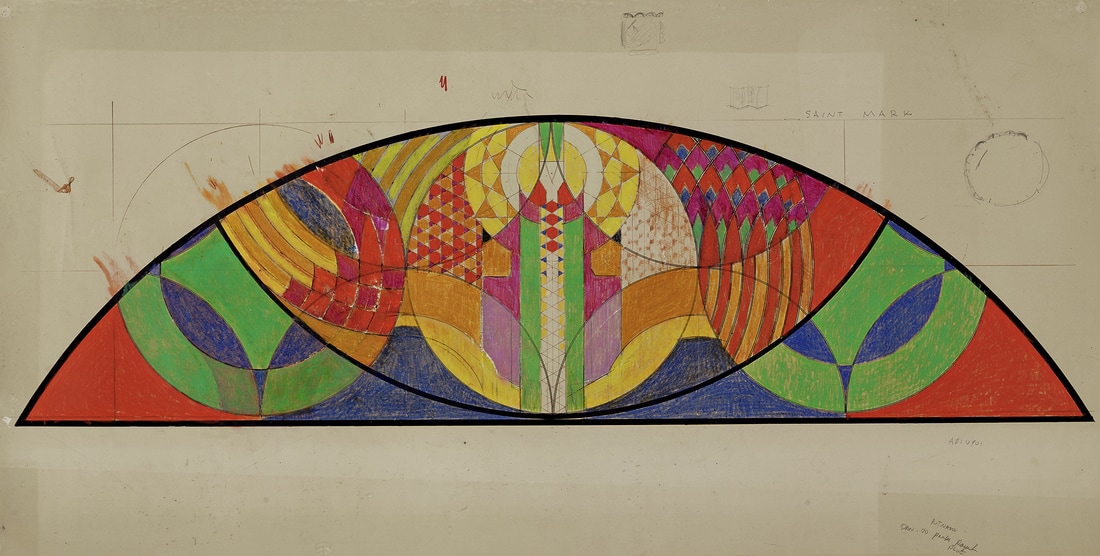
Frank Lloyd Wright (American, 1867–1959). Annunciation Greek Orthodox Church, Wauwatosa, Wisconsin. 1955–61. Stained glass design by Eugene Masselink. Pastel and pencil on paper, 24 1/4 × 48 1/4″ (61.6 × 122.6 cm). The Frank Lloyd Wright Foundation Archives (The Museum of Modern Art | Avery Architectural & Fine Arts Library, Columbia University, New York)

Frank Lloyd Wright (American, 1867–1959). The Mile-High Illinois, Chicago. Project, 1956. Perspective with the Golden Beacon Apartment Building project (1956–57). Pencil, colored pencil, and gold ink on tracing paper, 8 ft. 9 in. x 30 in. (266.7 x 76.2 cm). The Frank Lloyd Wright Foundation Archives (The Museum of Modern Art | Avery Architectural & Fine Arts Library, Columbia University, New York)

